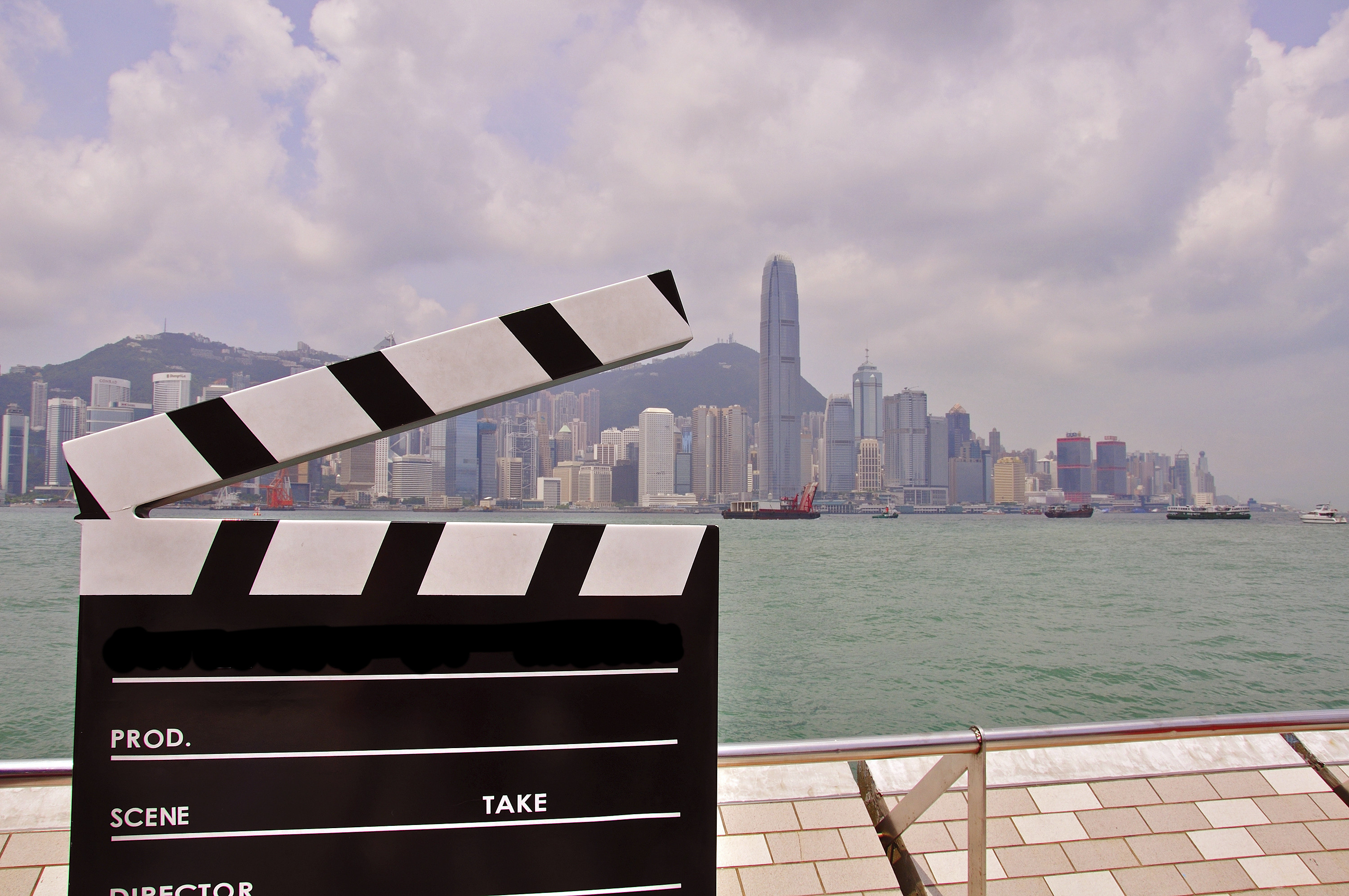The frenzy over the next installment in the “Star Wars” franchise reached new heights in China in October.
Disney flew in 500 life-sized Storm Trooper figures and assembled them on the country’s famed Great Wall in an epic publicity stunt for a movie that is not yet even scheduled to open in the world’s second-largest economy. The mega entertainment company distributed hundreds of red and blue light-sabers to excited fans as John Williams’ soaring theme music played in the background. Giant billboards displayed the words “The Force Awakens” in Chinese characters.
Why is Disney going to such lengths to promote its latest blockbuster without knowing when the movie will even open? Millions of dollars are at stake.

“The Chinese New Year period is a highly protected period for film distribution, so if ‘Star Wars’ is able to get a Chinese New Year distribution date, that’s great,” media studies assistant professor Aynne Kokas said.
In 2013, that office reported China had opened an astonishing 903 new movie complexes, sometimes called “cinema palaces,” bringing the total number of screens in the country to 18,195. That is compared to 40,024 in the United States, but China’s distribution market has been growing at about 33 percent over the past three years, putting it on course to overtake the U.S. by 2020.
“If you are investing millions into a film and want it to enter China’s market, the second-biggest in the world, it’s really important from a financial perspective to be able to have a relative degree of certainty that you can get your film into the market,” Kokas said.
So what about Disney’s big “Star Wars” push? Kokas said although there is not yet an official release date, there has been some chatter it could open Jan. 29, the beginning of the Chinese New Year – which would be quite a coup for Disney, she said.
“The Chinese New Year period is a highly protected period for film distribution, so if ‘Star Wars’ is able to get a Chinese New Year distribution date, that’s great,” Kokas said.
There is, however, a risk. Kokas said lots of Chinese films also come out that time of year and if a foreign film is doing too well, it runs the risk of getting pulled. “‘Avatar’ was pulled from 2-D screens in 2010 when it was in competition with the state film, ‘Confucius,’ and was only shown on 3-D screens thereafter,” she said.
“Anything that shows government officials in a negative light or government corruption is really frowned upon.” - Aynne Kokas
That move suggests to Kokas that Hollywood will place a bigger emphasis on having special format releases. “Having IMAX or 3-D releases of the ‘Star Wars’ film will be really strategically important, particularly if it is released during the holiday season,” she said. “That does more to protect the number of screens the film can be on.”
The majority of foreign films entering China each year are Hollywood-made, and Kokas said there is definitely some tailoring to meet government regulators’ palates, though studios are loathe to talk about it. China does not have a ratings system, so all films have to be appropriate for general audiences; horror movies or films with excessive violence or sex are a no-go.
“Anything that shows government officials in a negative light or government corruption is really frowned upon,” Kokas said. Favorable representations of the Chinese government may improve chances for distribution.
“In ‘Transformers: Age of Extinction,’ there is this image of a hyper-capable ministry of defense that is able to save Hong Kong from the villainous autobots,” for example. Director Michael Bay has said that scene was not a deliberate ploy to gain entry into China, however.
The “Kung Fu Panda” film franchise has also been hugely popular there. The third iteration is set to come out in 2016 and Kokas said producer Oriental DreamWorks is spending a lot of money to localize it for both American and Chinese audiences.
“They are doing a separate visual layer for the mouths of the characters so that they look like they are speaking either Chinese or English,” she said. “The jokes and the context in each version are all very culturally specific, as are the visuals, so it’s not really privileging one market over the other.”
“Kung Fu Panda 3” is already guaranteed entry into the Chinese market even though it is still in post-production. That’s because it is being co-produced in Hollywood and Shanghai, automatically giving it one of the 34 coveted spots.
Disney will have to await “Star Wars’” fate in China. It is set to open in theaters across the U.S. Dec. 18.
Media Contact
Article Information
November 12, 2015
/content/hollywood-china-how-movie-industry-seeks-entry-massive-market

